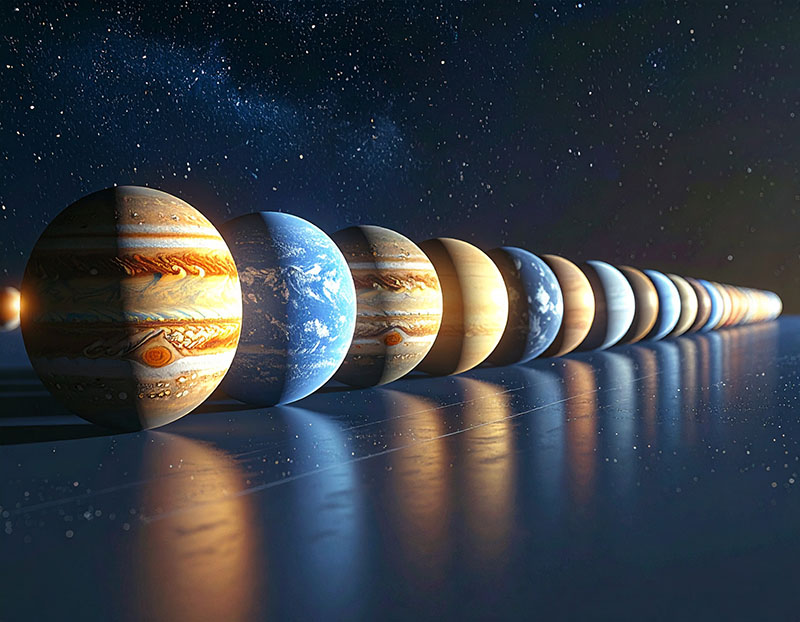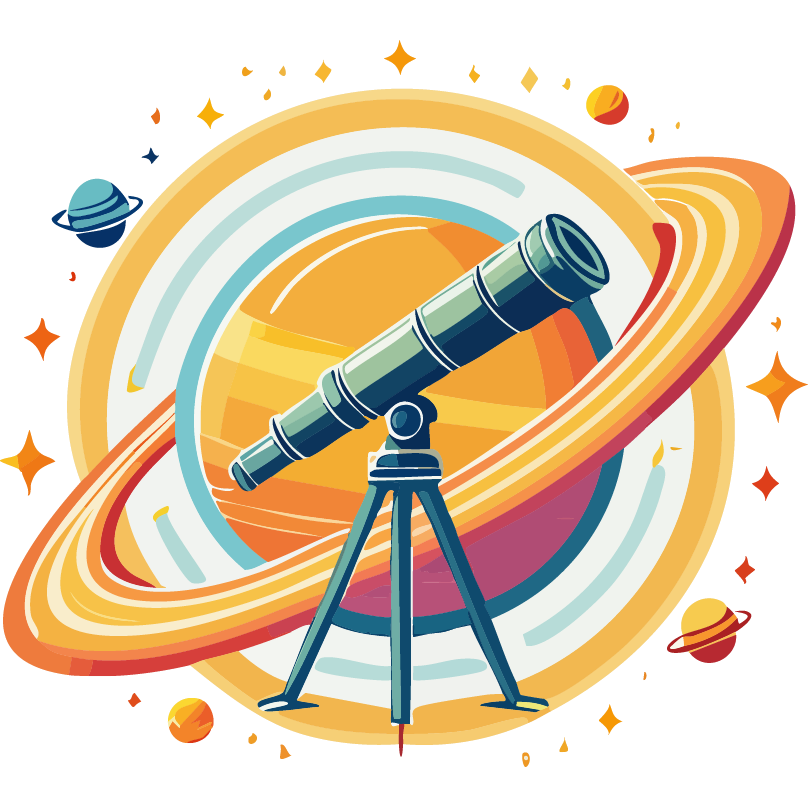
What’s Up in June’s Night Sky
Milky Way Core – June brings “Milky Way Core Season.” Under dark skies (away from streetlights), look south after nightfall for a glowing band—our galaxy's bright centre stretching across the sky.
Mars & Regulus Meet the Moon (29 June, ~22:15 BST)
The red planet Mars, the blue-white star Regulus (in Leo), and a slender crescent moon form a close triangle. Use binoculars or a small telescope to enjoy Mars’ ruddy disk. Scan low in the west-northwest from York.
Mercury-Moon Conjunction (~27 June)
Just after the new moon (25 June), Mercury reaches its highest evening position. Look low in the west around 9 p.m. – you might catch Mercury just beneath a waxing crescent moon.
Evening Planets
Early in June, Jupiter and Mercury share the twilight glow shortly after sunset. As June progresses, Jupiter fades below the horizon, but Mars stays prominent in Leo.
Morning Planets
Before dawn, you can spot Venus and Saturn climbing low in the east/southeast. Nearest to Saturn on the 19th and Venus on the 22nd when the crescent moon joins them.
June Bootids Meteor Shower (peaks 27 June)
A modest shower producing 1–2 slow meteors per hour, radiating from Bootes. Best viewed after midnight under dark skies.
Nova Lupi (V462 Lupi)
A “new star” appeared in Lupus in mid-June, briefly bright enough to see with the naked eye (mag ~5.7). Use a star chart or app to locate Lupus—you might still catch it as it fades.
🔭 Finding Tips & Telescope Tricks
- Start with pocket binoculars to trace the Milky Way’s band from Cygnus down through Sagittarius.
- For the Mars–Regulus–Moon meet-up, Leo’s sickle shape will guide you—Mars will glow orange, Regulus blue-white.
- Mercury is tricky: aim for a clear horizon and a stable perch—use binoculars first, then try a small telescope.
- Use a star chart app to find Bootes and its radiant north of Beta Boötis, then let your eyes wander for meteors.
- If you have a telescope, point it at Saturn pre-dawn—look for faint rings and maybe Titan; and at Mars—see polar caps or surface markings depending on your scope.
🚀 Rocket Launches & Experimental Highlights
- Axiom Mission 4 launched aboard a SpaceX Falcon 9 on 25 June, carrying four private astronauts—including India’s Shubhanshu Shukla—to the ISS for a two-week science campaign. More info
- SpaceX Starlink mission sent 26 V2 Mini satellites into orbit on 16 June—a spectacular twilight launch visible across parts of the UK. Starlink details
- Vera Rubin Observatory released its first ‘first-light’ images on 23 June, including stunning views of the Virgo Cluster and thousands of asteroids. Rubin Observatory site
- Solar Orbiter provided humanity’s first glimpse of the Sun’s south pole on 11 June—an astronomical milestone. ESA Solar Orbiter
Enjoy your June evenings under the stars—and maybe catch a rocket or two! Clear skies 😊
Resources
We've built a large library of resources to help you on your astronomy discovery journey.
About Us
Discover how we started and key events in our history that have shaped where we are today.
Contact Us
We'd love to hear from you! You can email, phone or use the online form to connect with us.

